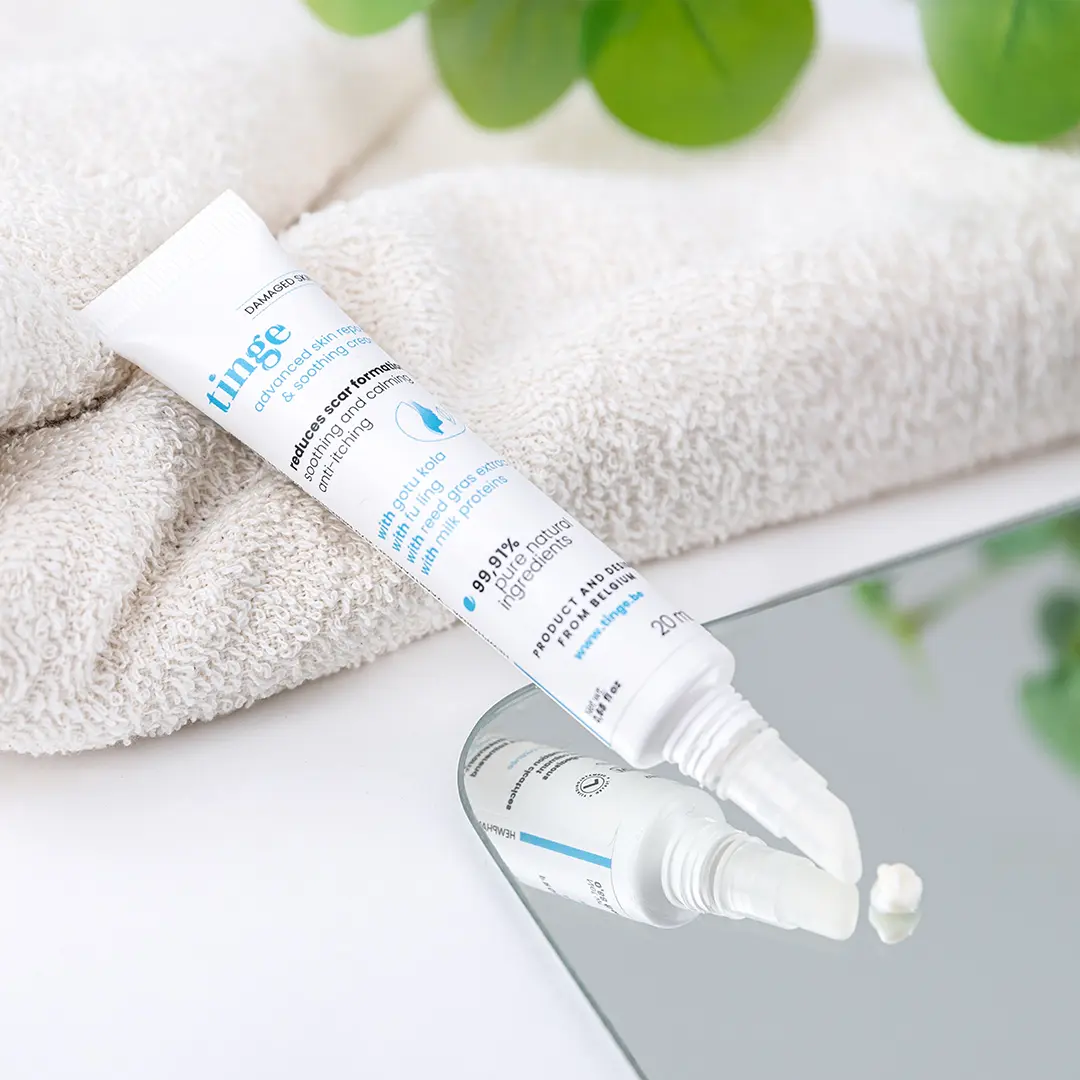
Acne: A Common Problem
Acne is a common skin condition that most people experience at some point in their lives. It is characterized by the appearance of pimples, blackheads, whiteheads, and sometimes cysts or nodules on the skin. Although acne is usually associated with adolescence and puberty, it can occur at any age, from the teenage years to adulthood.
What Causes Acne?
Acne is primarily caused by the overproduction of sebum by the skin’s sebaceous glands, the accumulation of dead skin cells, and the proliferation of a bacterium called Propionibacterium acnes (P. acnes) in the pores. In addition to these factors, the bacterium P. acnes plays a role in the development of acne. P. acnes is part of the normal skin microbiota and is found in the hair follicles. However, in individuals susceptible to acne, the bacterium can multiply rapidly, leading to inflammation and contributing to the formation of acne lesions. The presence of P. acnes can trigger an immune response, leading to redness, swelling, and the characteristic appearance of pimples.
What is Hyperpigmentation?
Sometimes, the skin produces excess melanin, resulting in dark spots or patches that contrast with the surrounding skin. Burns, bruises, acne, rashes, or other trauma to the skin can cause it to produce more melanin, leading to dark spots.
Post-Acne Hyperpigmentation
A common cause of hyperpigmentation or discoloration of the skin is acne. It can appear as red or brown spots known as post-inflammatory hyperpigmentation. If these spots are exposed to the sun without protection, they can worsen. Therefore, good sun protection is the first step in treating hyperpigmentation. Address hyperpigmentation with your exfoliation routine (e.g., facial scrub) and add a hyperpigmentation serum (e.g., acne spot correction gel) to your routine to lighten and smooth specific pigmented areas for a more even skin tone. Start slowly to build your skin’s tolerance and always consult a dermatologist for more serious skin issues such as melasma.
How to Quickly Get Rid of Hyperpigmentation?
Use skincare products for hyperpigmentation that contain natural brighteners and antioxidants, such as natural salicylic acid, aloe vera (antioxidant and anti-inflammatory), gingerols, and shogaols (phenolic antioxidants derived from ginger) (e.g., acne spot correction gel).
Avoid sun exposure and always protect your skin with SPF (e.g., mineral sunscreen SPF30/SPF50+).
Look for a serum that contains natural brighteners and antioxidants, such as our acne spot correction gel, in combination with SPF.
Natural Brighteners and Antioxidants
Monolaurin for Acne
Research suggests that monolaurin can inhibit the growth of P. acnes, reduce inflammation, and prevent the formation of new acne lesions. Monolaurin is a glyceride derived from lauric acid, a fatty acid found in coconut oil and breast milk. It is known for its antimicrobial properties. This means it can combat P. acnes, the bacterium associated with acne development. By targeting the lipid membranes of P. acnes, monolaurin can effectively inhibit its growth and reduce the inflammatory response that contributes to acne formation.
Aloe Vera
Aloesin is the active ingredient in aloe vera and helps prevent the overproduction of melanin.
Niacinamide (Vitamin B3)
Vitamin B3 addresses two of the causal factors of acne: researchers suggest that Vitamin B3 may be effective due to its anti-inflammatory effects and its ability to slow down sebum production.
Policosanol
Policosanol, a patented ingredient derived from plant wax, has also been shown to be effective in oil-control skincare products. A recent study in the European Journal of Biomedical and Pharmaceutical Sciences demonstrated that an oil-control facial cream with Policosanol, aloe vera extract, and niacinamide reduced skin shine and made the skin softer, smoother, and better hydrated.
In a phase-3 clinical study, 17 healthy men and women aged 18-50 were instructed to apply the facial cream daily for 2 weeks. At the end of the study period, there was a significant reduction in oil production. The results showed that the cream made the skin less shiny, softer, smoother, and better hydrated. None of the participants reported dryness or irritation.
This study confirms that Policosanol offers an effective natural solution for managing sebum, acne, and oily skin.
However, consult a doctor if you notice redness, itching, pain, warmth, or bleeding or pus from the hyperpigmented skin.

TINGE ACNE SPOT CORRECTION GEL
Buy Tinge Acne spot correction gel

TINGE MINERAL SUNSCREEN SPF30/SPF50
Sun exposure plays a significant role in the development of skin redness and rosacea, making an advanced sunscreen product essential. Tinge Sunscreen SPF 30/SPF 50+ is specially designed for sensitive skin and provides triple protection against redness, irritation, and sun damage. This silky fluid shields against UVA, UVB, visible, and blue light. The sunscreen contains powerful ingredients such as aloe vera, astaxanthin, carrot complex, panthenol, crambe oil, and squalane, which soothe, hydrate, and protect the skin without leaving a greasy residue. Ideal for daily use, Tinge Sunscreen offers the protection and care your skin needs, even with rosacea.
